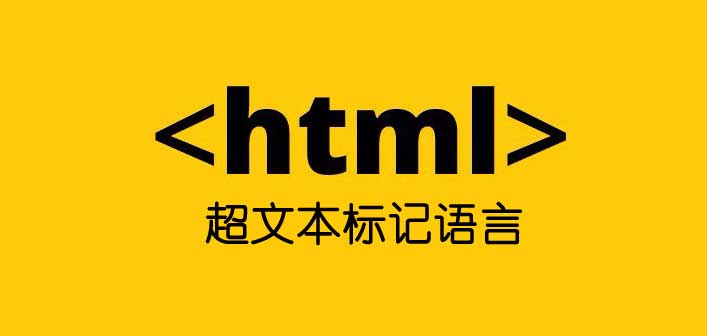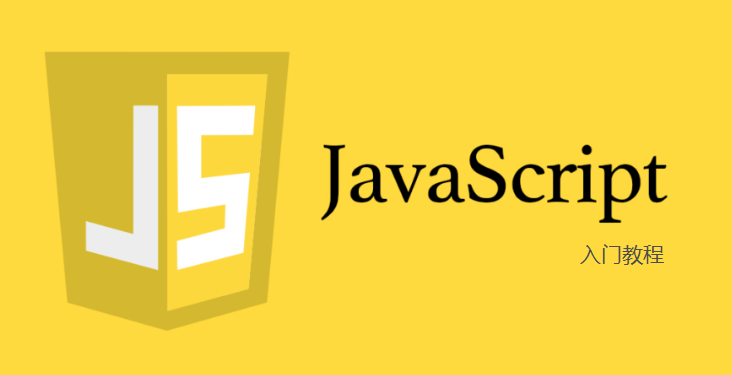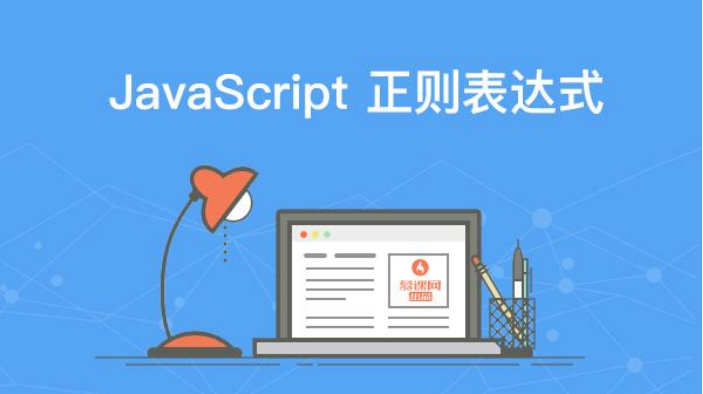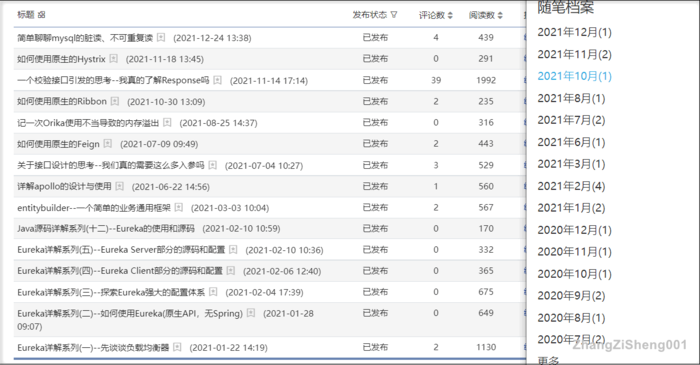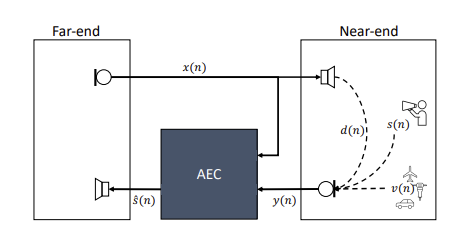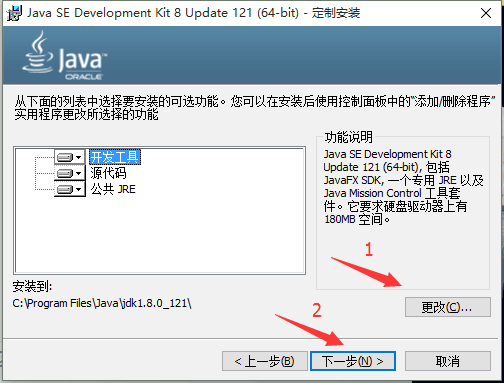30个类手写Spring核心原理之动态数据源切换(8)
本文节选自《Spring 5核心原理》
阅读本文之前,请先阅读以下内容:
30个类手写Spring核心原理之自定义ORM(上)(6)
30个类手写Spring核心原理之自定义ORM(下)(7)
4 动态数据源切换的底层原理
这里简单介绍一下AbstractRoutingDataSource的基本原理。实现数据源切换的功能就是自定义一个类扩展AbstractRoutingDataSource抽象类,其实相当于数据源的路由中介,可以实现在项目运行时根据相应key值切换到对应的DataSource上。先看看AbstractRoutingDataSource类的源码:
public abstract class AbstractRoutingDataSource extends AbstractDataSource implements InitializingBean {
/*只列出部分代码*/
@Nullable
private Map<Object, Object> targetDataSources;
@Nullable
private Object defaultTargetDataSource;
private boolean lenientFallback = true;
private DataSourceLookup dataSourceLookup = new JndiDataSourceLookup();
@Nullable
private Map<Object, DataSource> resolvedDataSources;
@Nullable
private DataSource resolvedDefaultDataSource;
...
public Connection getConnection() throws SQLException {
return 域名rmineTargetDataSource().getConnection();
}
public Connection getConnection(String username, String password) throws SQLException {
return 域名rmineTargetDataSource().getConnection(username, password);
}
...
protected DataSource determineTargetDataSource() {
域名ull(域名lvedDataSources, "DataSource router not initialized");
Object lookupKey = 域名rmineCurrentLookupKey();
DataSource dataSource = (DataSource)域名(lookupKey);
if(dataSource == null && (域名entFallback || lookupKey == null)) {
dataSource = 域名lvedDefaultDataSource;
}
if(dataSource == null) {
throw new IllegalStateException("Cannot determine target DataSource for lookup key [" + lookupKey + "]");
} else {
return dataSource;
}
}
@Nullable
protected abstract Object determineCurrentLookupKey();
}
可以看出,AbstractRoutingDataSource类继承了AbstractDataSource类,并实现了InitializingBean。AbstractRoutingDataSource类的getConnection()方法调用了determineTargetDataSource()的该方法。这里重点看determineTargetDataSource()方法的代码,它使用了determineCurrentLookupKey()方法,它是AbstractRoutingDataSource类的抽象方法,也是实现数据源切换扩展的方法。该方法的返回值就是项目中所要用的DataSource的key值,得到该key值后就可以在resolvedDataSource中取出对应的DataSource,如果找不到key对应的DataSource就使用默认的数据源。
自定义类扩展AbstractRoutingDataSource类时要重写determineCurrentLookupKey()方法来实现数据源切换。
4.1 DynamicDataSource
DynamicDataSource类封装自定义数据源,继承原生Spring的AbstractRoutingDataSource类的数据源动态路由器。
package 域名域名source;
import 域名.域名ractRoutingDataSource;
/**
* 动态数据源
*/
public class DynamicDataSource extends AbstractRoutingDataSource {
private DynamicDataSourceEntry dataSourceEntry;
@Override
protected Object determineCurrentLookupKey() {
return 域名();
}
public void setDataSourceEntry(DynamicDataSourceEntry dataSourceEntry) {
域名SourceEntry = dataSourceEntry;
}
public DynamicDataSourceEntry getDataSourceEntry(){
return 域名SourceEntry;
}
}
4.2 DynamicDataSourceEntry
DynamicDataSourceEntry类实现对数据源的操作功能,代码如下:
package 域名域名source;
import 域名.JoinPoint;
/**
* 动态切换数据源
*/
public class DynamicDataSourceEntry {
//默认数据源
public final static String DEFAULT_SOURCE = null;
private final static ThreadLocal<String> local = new ThreadLocal<String>();
/**
* 清空数据源
*/
public void clear() {
域名ve();
}
/**
* 获取当前正在使用的数据源的名字
*
* @return String
*/
public String get() {
return 域名();
}
/**
* 还原指定切面的数据源
*
* @param joinPoint
*/
public void restore(JoinPoint join) {
域名(DEFAULT_SOURCE);
}
/**
* 还原当前切面的数据源
*/
public void restore() {
域名(DEFAULT_SOURCE);
}
/**
* 设置已知名字的数据源
*
* @param dataSource
*/
public void set(String source) {
域名(source);
}
/**
* 根据年份动态设置数据源
* @param year
*/
public void set(int year) {
域名("DB_" + year);
}
}
5 运行效果演示
5.1 创建Member实体类
创建Member实体类代码如下:
package 域名.域名ty;
import 域名;
import 域名ty;
import 域名;
import 域名e;
import 域名alizable;
@Entity
@Table(name="t_member")
@Data
public class Member implements Serializable {
@Id private Long id;
private String name;
private String addr;
private Integer age;
@Override
public String toString() {
return "Member{" +
"id=" + id +
", name=\'" + name + \'\\'\' +
", addr=\'" + addr + \'\\'\' +
", age=" + age +
\'}\';
}
}
5.2 创建Order实体类
创建Order实体类代码如下:
package 域名.域名ty;
import 域名;
import 域名mn;
import 域名ty;
import 域名e;
import 域名alizable;
@Entity
@Table(name="t_order")
@Data
public class Order implements Serializable {
private Long id;
@Column(name="mid")
private Long memberId;
private String detail;
private Long createTime;
private String createTimeFmt;
@Override
public String toString() {
return "Order{" +
"id=" + id +
", memberId=" + memberId +
", detail=\'" + detail + \'\\'\' +
", createTime=" + createTime +
", createTimeFmt=\'" + createTimeFmt + \'\\'\' +
\'}\';
}
}
5.3 创建MemberDao
创建MemberDao代码如下:
package 域名.域名;
import 域名.域名er;
import 域名.域名DaoSupport;
import 域名.域名yRule;
import 域名域名sitory;
import 域名urce;
import 域名Source;
import 域名;
@Repository
public class MemberDao extends BaseDaoSupport<Member,Long> {
@Override
protected String getPKColumn() {
return "id";
}
@Resource(name="dataSource")
public void setDataSource(DataSource dataSource){
域名ataSourceReadOnly(dataSource);
域名ataSourceWrite(dataSource);
}
public List<Member> selectAll() throws Exception{
QueryRule queryRule = 域名nstance();
域名ike("name","Tom%");
return 域名ct(queryRule);
}
}
5.4 创建OrderDao
创建OrderDao代码如下:
package 域名.域名;
import 域名.域名r;
import 域名.域名DaoSupport;
import 域名域名sitory;
import 域名urce;
import 域名域名域名micDataSource;
import 域名Source;
import 域名leDateFormat;
import 域名;
@Repository
public class OrderDao extends BaseDaoSupport<Order, Long> {
private SimpleDateFormat yearFormat = new SimpleDateFormat("yyyy");
private SimpleDateFormat fullDataFormat = new SimpleDateFormat("yyyy-MM-dd HH:mm:ss");
private DynamicDataSource dataSource;
@Override
protected String getPKColumn() {return "id";}
@Resource(name="dynamicDataSource")
public void setDataSource(DataSource dataSource) {
域名Source = (DynamicDataSource)dataSource;
域名ataSourceReadOnly(dataSource);
域名ataSourceWrite(dataSource);
}
/**
* @throws Exception
*
*/
public boolean insertOne(Order order) throws Exception{
//约定优于配置
Date date = null;
if(域名reateTime() == null){
date = new Date();
域名reateTime(域名ime());
}else {
date = new Date(域名reateTime());
}
Integer dbRouter = 域名eOf(域名at(date));
域名tln("自动分配到【DB_" + dbRouter + "】数据源");
域名ataSourceEntry().set(dbRouter);
域名reateTimeFmt(域名at(date));
Long orderId = 域名rtAndReturnId(order);
域名d(orderId);
return orderId > 0;
}
}
5.5 修改域名erties文件
修改域名erties文件代码如下:
#sysbase database mysql config
#域名erClassName=域名.Driver
#域名=jdbc:mysql://127.0.0.1:3306/gp-vip-spring-db-demo?characterEncoding=UTF-8&rewriteBatchedStatements=true
#域名name=root
#域名word=123456
域名.driverClassName=域名.Driver
域名.url=jdbc:mysql://127.0.0.1:3306/gp-vip-spring-db-2018?characterEncoding=UTF-8&rewriteBatchedStatements=true
域名.username=root
域名.password=123456
域名.driverClassName=域名.Driver
域名.url=jdbc:mysql://127.0.0.1:3306/gp-vip-spring-db-2019?characterEncoding=UTF-8&rewriteBatchedStatements=true
域名.username=root
域名.password=123456
#alibaba druid config
域名ialSize=1
域名dle=1
域名ctive=200
域名ait=60000
域名BetweenEvictionRunsMillis=60000
域名victableIdleTimeMillis=300000
域名dationQuery=SELECT \'x\'
域名WhileIdle=true
域名OnBorrow=false
域名OnReturn=false
域名PreparedStatements=false
域名oolPreparedStatementPerConnectionSize=20
域名ers=stat,log4j,wall
5.6 修改application-域名文件
修改application-域名文件代码如下:
<bean id="datasourcePool" abstract="true" class="域名域名dDataSource" init-method="init" destroy-method="close">
<property name="initialSize" value="${域名ialSize}" />
<property name="minIdle" value="${域名dle}" />
<property name="maxActive" value="${域名ctive}" />
<property name="maxWait" value="${域名ait}" />
<property name="timeBetweenEvictionRunsMillis" value="${域名BetweenEvictionRunsMillis}" />
<property name="minEvictableIdleTimeMillis" value="${域名victableIdleTimeMillis}" />
<property name="validationQuery" value="${域名dationQuery}" />
<property name="testWhileIdle" value="${域名WhileIdle}" />
<property name="testOnBorrow" value="${域名OnBorrow}" />
<property name="testOnReturn" value="${域名OnReturn}" />
<property name="poolPreparedStatements" value="${域名PreparedStatements}" />
<property name="maxPoolPreparedStatementPerConnectionSize" value="${域名oolPreparedStatementPerConnectionSize}" />
<property name="filters" value="${域名ers}" />
</bean>
<bean id="dataSource" parent="datasourcePool">
<property name="driverClassName" value="${域名.driverClassName}" />
<property name="url" value="${域名.url}" />
<property name="username" value="${域名.username}" />
<property name="password" value="${域名.password}" />
</bean>
<bean id="dataSource2018" parent="datasourcePool">
<property name="driverClassName" value="${域名.driverClassName}" />
<property name="url" value="${域名.url}" />
<property name="username" value="${域名.username}" />
<property name="password" value="${域名.password}" />
</bean>
<bean id="dynamicDataSourceEntry" class="域名域名域名micDataSourceEntry" />
<bean id="dynamicDataSource" class="域名域名域名micDataSource" >
<property name="dataSourceEntry" ref="dynamicDataSourceEntry"></property>
<property name="targetDataSources">
<map>
<entry key="DB_2019" value-ref="dataSource"></entry>
<entry key="DB_2018" value-ref="dataSource2018"></entry>
</map>
</property>
<property name="defaultTargetDataSource" ref="dataSource" />
</bean>
5.7 编写测试用例
编写测试用例代码如下:
package 域名.test;
import 域名.域名erDao;
import 域名.域名rDao;
import 域名.域名er;
import 域名.域名r;
import 域名re;
import 域名;
import 域名域名ith;
import 域名域名域名wired;
import 域名.域名extConfiguration;
import 域名.域名ngJUnit4ClassRunner;
import 域名leDateFormat;
import 域名ys;
import 域名;
import 域名;
@ContextConfiguration(locations = {"classpath:application-域名"})
@RunWith(域名s)
public class OrmTest {
private SimpleDateFormat sdf = new SimpleDateFormat("yyyyMMddHHmmdd");
@Autowired private MemberDao memberDao;
@Autowired private OrderDao orderDao;
@Test
public void testSelectAllForMember(){
try {
List<Member> result = 域名ctAll();
域名tln(域名ring(域名ray()));
} catch (Exception e) {
域名tStackTrace();
}
}
@Test
@Ignore
public void testInsertMember(){
try {
for (int age = 25; age < 35; age++) {
Member member = new Member();
域名ge(age);
域名ame("Tom");
域名ddr("Hunan Changsha");
域名rt(member);
}
}catch (Exception e){
域名tStackTrace();
}
}
@Test
// @Ignore
public void testInsertOrder(){
try {
Order order = new Order();
域名emberId(1L);
域名etail("历史订单");
Date date = 域名e("20180201123456");
域名reateTime(域名ime());
域名rtOne(order);
}catch (Exception e){
域名tStackTrace();
}
}
}
所谓ORM就是,对象关系映射,Object Relation Mapping,市面上ORM框架也非常多,比如Hibernate、Spring JDBC、MyBatis、JPA,它们都有对象关系管理的机制比如一对多、多对多、一对一关系。以上思路仅供参考,有兴趣的小伙伴可以参考本文提供的思想,约定优于配置,先制定顶层接口,参数返回值全部统一,比如:
//List<?> Page<?> select(QueryRule queryRule)
//Int delete(T entity) entity中的ID不能为空,如果ID为空,其他条件不能为空,都为空不予执行
//ReturnId insert(T entity) 只要entity不等于null
//Int update(T entity) entity中的ID不能为空,如果ID为空,其他条件不能为空,都为空不予执行
然后在此基础上进行扩展,基于Spring JDBC封装一套,基于Redis封装一套,基于MongoDB封装一套,基于ElasticSearch封装一套,基于Hive封装一套,基于HBase封装一套。本文完整地演示了自研ORM框架的原理,以及数据源动态切换的基本原理,并且了解了Spring JdbcTemplate的API应用。希望通过本章的学习,“小伙伴们”在日常工作中能够有更好的解决问题的思路,提高工作效率。
本文为“Tom弹架构”原创,转载请注明出处。技术在于分享,我分享我快乐!
如果本文对您有帮助,欢迎关注和点赞;如果您有任何建议也可留言评论或私信,您的支持是我坚持创作的动力。
原创不易,坚持很酷,都看到这里了,小伙伴记得点赞、收藏、在看,一键三连加关注!如果你觉得内容太干,可以分享转发给朋友滋润滋润!
